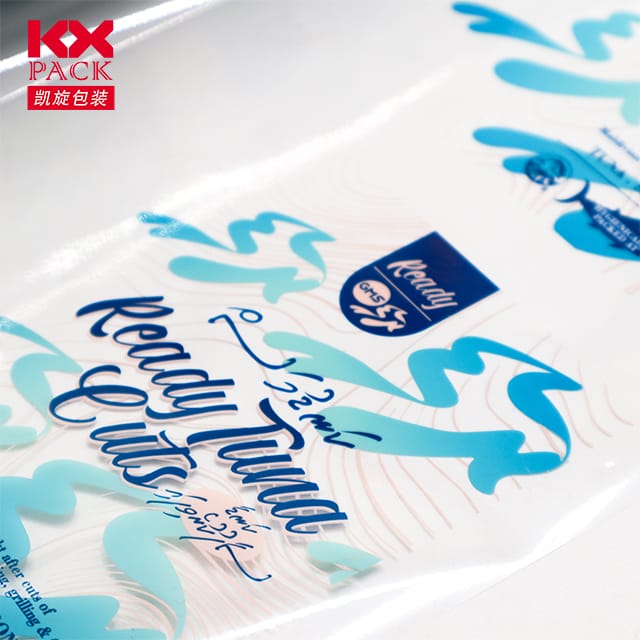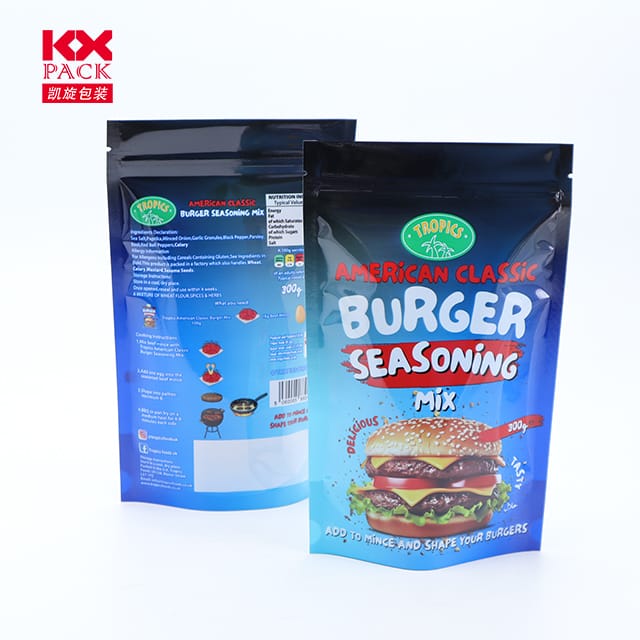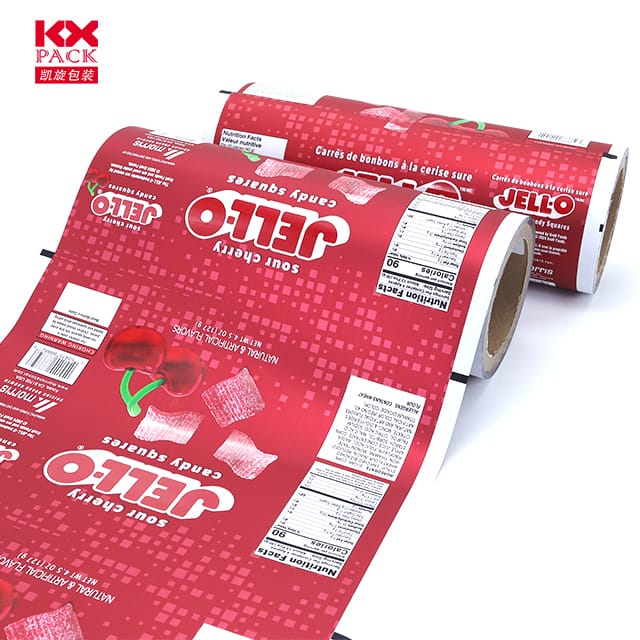食品胶片包装: 厨房效率和可持续性的无名英雄
食品胶片包装
在全球厨房中, 透明, 固定英雄悄悄地保留了新鲜感, 防止浪费, 并适应现代可持续性需求: 食品胶片包装 (也称为保鲜膜或保鲜膜). 这个不起眼的厨房主食已经从便利工具演变为创新的象征和争议 - 我们在实用性与环境责任之间取得了平衡. Let’s unravel the story of food film wrap, its role in daily life, and its future in a greener world.
The Origins: From Military Tech to Kitchen Drawer
Food film wrap’s journey began in the 1930s when a lab accident during cellophane production led to the discovery of polyvinylidene chloride (PVDC), a stretchy, moisture-resistant material. Initially used for military packaging, it entered civilian kitchens post-WWII asSaran Wrap, revolutionizing food storage. Its ability to create an airtight seal against containers and surfaces made it a must-have for busy households.
Over time, manufacturers introduced alternatives like polyethylene (体育) and biodegradable films, catering to eco-conscious consumers. 今天, food film wrap is no longer just a single-use plastic—it’s a category of solutions designed for versatility and sustainability.
为什么我们喜欢它: The Practical Perks
- Freshness Preservation: By blocking air and moisture, food film wrap extends the shelf life of leftovers, 水果, and cheeses, 减少食物浪费 (and grocery bills).
- Hygiene Hero: It acts as a barrier against bacteria and odors, keeping refrigerators clean and cross-contamination at bay.
- Versatility Unmatched: From wrapping sandwiches for lunchboxes to covering dough during proofing, its clingy nature molds to any shape.
- Space-Saving: 与笨重的容器不同, film wrap flattens easily, optimizing fridge and pantry space.
环境困境: 便利与. Planet
尽管有好处, traditional food film wrap has a dark side. Most varieties are non-recyclable and take centuries to decompose, contributing to plastic pollution in oceans and landfills. 一次性塑料, including film wrap, face growing scrutiny as governments and consumers demand eco-friendly alternatives.
This has sparked innovation:
- 可生物降解的电影: 由玉米淀粉等植物材料制成, these break down in compost within months.
- Reusable Options: 有机硅食品覆盖物, 蜂蜡包裹, and fabric bowl covers offer durable, washable alternatives.
- 可食用的电影: Researchers are developing edible coatings from seaweed or starch to wrap produce directly.
未来: Smart, 可持续的, and Circular
The next generation of food film wrap aims to merge functionality with planetary health:
- 智能电影: Embedded with sensors to detect food spoilage or release natural preservatives.
- 圆形设计: Films made from recycled plastics or designed for easy recycling.
- Zero-Waste Kitchens: Brands are promoting “refill stations” for bulk film rolls to cut packaging waste.
How to Make Smarter Choices Today
While the industry adapts, consumers can take action:
- 选择可重用: Invest in silicone lids or beeswax wraps for daily use.
- 回收正确: Check local guidelines—some areas accept clean, dry PE film at grocery drop-off points.
- 减少用法: Store leftovers in glass containers or mason jars instead.
- Support Innovation: Choose brands experimenting with biodegradable or compostable options.
结论: A Tool in Transition
Food film wrap’s story mirrors our broader struggle with plastic. Once a symbol of modern convenience, it now represents the urgent need for sustainable innovation. While alternatives gain traction, traditional film wrap still plays a role in reducing food waste—a critical step in fighting climate change.
The key lies in mindful consumption: using film wrap only when necessary, opting for eco-friendly versions, and advocating for systemic change. 毕竟, preserving food shouldn’t come at the cost of preserving our planet.
What’s your go-to food storage hack? Share your tips (or favorite reusable wrap brands) in the comments below!
关键字: 食品胶片包装, sustainable kitchen, plastic waste, biodegradable cling film, food preservation







